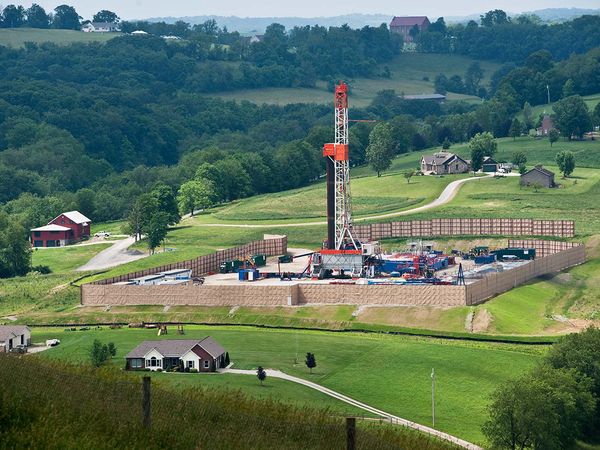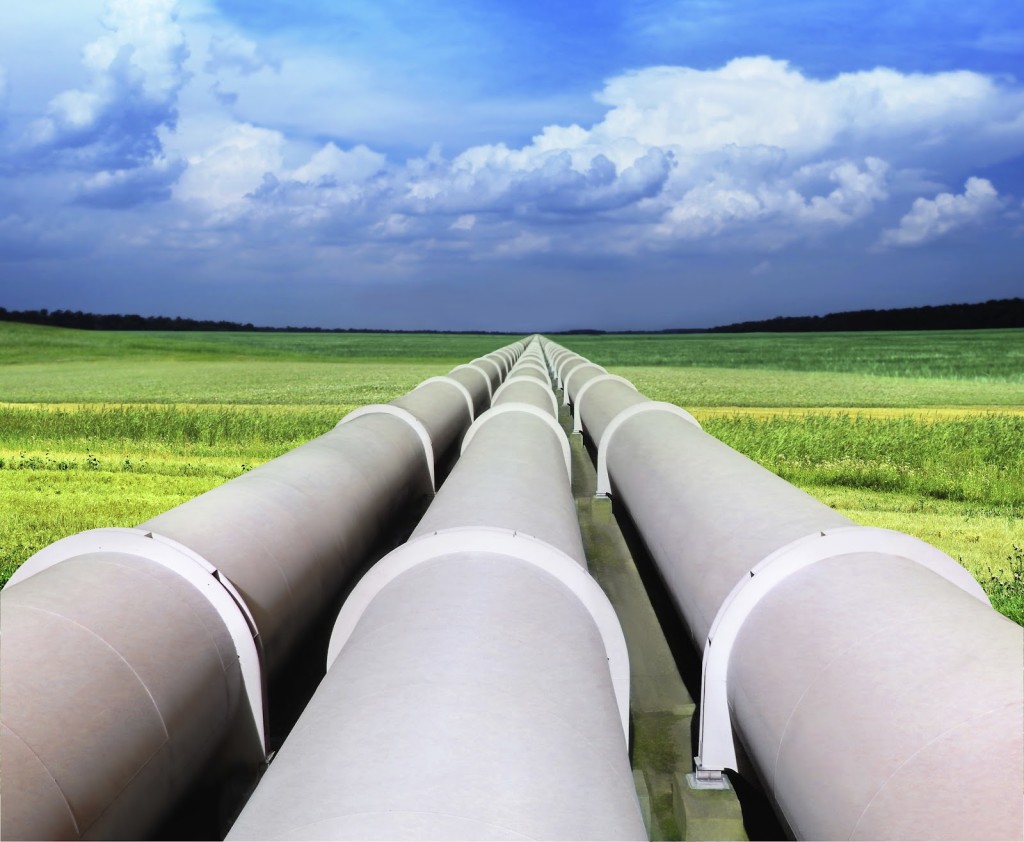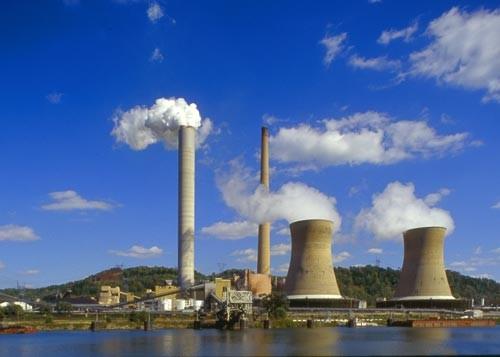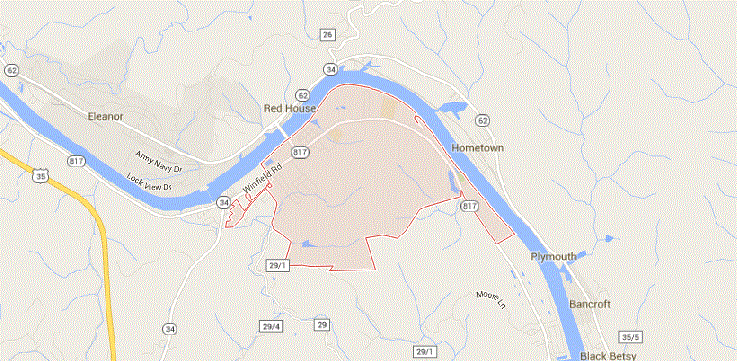 Lots of West Virginia mineral rights owners are getting offers from companies that want to buy their minerals. At least a couple of times a month someone calls the office to let us know that they received a letter in the mail with an offer to buy. The offers usually don’t name a price, and only give the size of the tract the person has ownership in. Being West Virginia, the person usually only owns a small fraction of that tract.
Lots of West Virginia mineral rights owners are getting offers from companies that want to buy their minerals. At least a couple of times a month someone calls the office to let us know that they received a letter in the mail with an offer to buy. The offers usually don’t name a price, and only give the size of the tract the person has ownership in. Being West Virginia, the person usually only owns a small fraction of that tract.
The most common question we get is, “should I sell?”, followed by, “should I hire you to represent me in this?”
Whether you should sell is not a decision we can make. We can make recommendations and help you think it through, but ultimately, you have to decide whether it makes sense for your situation.
THE CONSIDERATIONS
The nice thing about selling the minerals is that you get a lump sum of cash right now (well, within 30-90 days in most cases). If you need cash, this can be a great option.
If you don’t need the cash right now, you should seriously consider keeping the mineral rights. Most of the offers that we hear about are for just a little more than you would get for a lease bonus. You can negotiate for more, but some of the companies that are buying mineral rights are not willing to negotiate for much more than they offered. This means that you will get a little more than you would in a leasing situation, and never get any royalty payments. If you wait for a lease you could get a lot more money.
On the other hand, waiting for a lease could be a wait for eternity. There is no guarantee you will ever be offered a lease. Even if you are offered a lease, there is no guarantee that they will take that lease when you’ve signed it. Even if someone takes a lease from you and swears up and down that they are going to drill a well in the next six months, that might not happen; the oil and gas industry is notorious for being unpredictable. Even if someone takes a lease from you and they drill a well, that process is lengthy and could stretch out into years.
The long and short of it is, mineral ownership is both a long-term investment and highly speculative.
You have to decide if you want to sell out for a smaller cash infusion now or if you want to hold on and bet that someone will develop your minerals and take the larger amount of cash that might, but isn’t guaranteed, to come over time.
Pro Tip — If you sell, don’t forget to keep back enough to pay income taxes with, and make sure the large cash infusion isn’t going to interfere with Medicare, Medicaid, or any other benefits you might be receiving from a government agency.
SHOULD YOU HIRE A LAWYER?
So, the other question we get from people is whether to hire a lawyer to represent them. We love it when people ask this question, and our answer is always, “you’re asking a lawyer whether you should hire a lawyer?! Of course you should! And you should pay him lots and lots of money!”
Seriously though, if there’s a substantial amount of money involved, or you are worried about liability, or you’re uncomfortable negotiating, or if you want us to act as an escrow agent because you don’t want to send a signed deed to a company before they send you a check, then you should hire a lawyer.
Give the office a call at 304-473-1403. We’ll be glad to help you out.


 Lots of West Virginia mineral rights owners are getting offers from companies that want to buy their minerals. At least a couple of times a month someone calls the office to let us know that they received a letter in the mail with an offer to buy. The offers usually don’t name a price, and only give the size of the tract the person has ownership in. Being West Virginia, the person usually only owns a small fraction of that tract.
Lots of West Virginia mineral rights owners are getting offers from companies that want to buy their minerals. At least a couple of times a month someone calls the office to let us know that they received a letter in the mail with an offer to buy. The offers usually don’t name a price, and only give the size of the tract the person has ownership in. Being West Virginia, the person usually only owns a small fraction of that tract.



